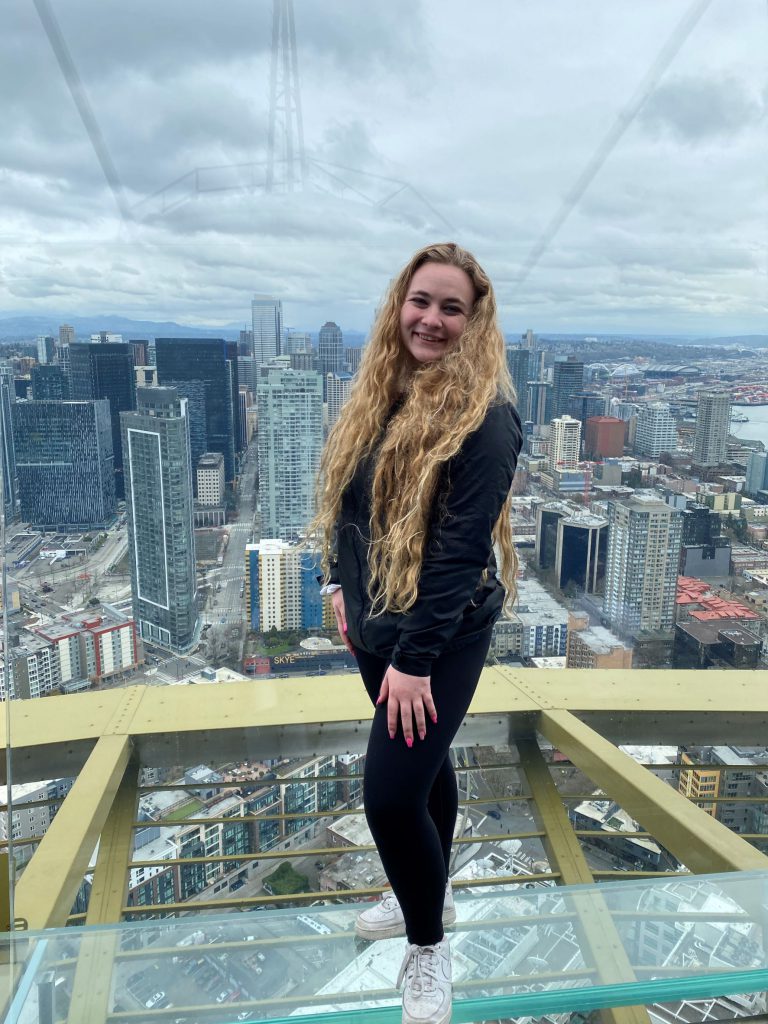Opinion
On Feb. 28, Virginia Wesleyan University moved to a mask-optional mitigation policy. This came as a surprise to many and as a new fear to some. As you walk around campus, you will see members of the campus community wearing or not wearing their masks. Some choose to wear them in certain settings, while others are completely mask-free.
This university announcement came after the new guidance by the Center for Disease Control and Prevention (CDC) released on Feb. 25. The CDC Director, Dr. Rochelle Walensky said, “approximately 70% of the country resides in an area that is considered low to medium risk…they no longer need to mask.” This new guidance is largely because of the decrease in the Omicron variant. The recent stark decrease in hospitalizations also contributed to this new guidance.
In the community surrounding the university in Hampton Roads, the seven-day average is 29,340 new positive cases. This is much lower than the 806,928 seven-day average peak seen in January for the region. As of March 16, 2022, 66% of the region has also been fully vaccinated against COVID-19. This is in comparison to 63% in the middle of January. The rate of vaccination has definitely slowed as time has progressed. Overall, the region is in a much better position than it originally was when the Omicron variant emerged.
Additionally, the campus community was required to have received a COVID-19 booster by Feb. 28. It is definitely not a coincidence that this was the same date masking guidance changed. Being situated in a low-risk region and having the power of boosters, Virginia Wesleyan is poised to have a fairly-normal remainder of the semester.
Students certainly have mixed feelings about no longer having everyone masked on campus. Cheers of happiness were heard campus-wide upon the release of the new guidance.
First-year student Emma Lankford said, “Since the mask mandate has been lifted at Virginia Wesleyan University, I have had some mixed emotions. On one end, I am happy that this is signaling light at the end of the tunnel. On the other hand, we have been in suspense for so long that it feels weird. Overall, I hope that this mask-optional decision does not create any outbreaks, and I will be very cautious until we are mask optional for long enough to know it is safe.”
Junior Elaine Robbins said, “I don’t really wear a mask many places anymore because I think I’m safe to do so with the vaccination rates on campus. I like that the professors have the right to still require them based on their own comfort level with the new policies as well.”
To support this, first-year student Harry Smith said, “I don’t wear masks because they get in my way, and I feel comfortable without them.”
Additionally, junior Paul Jordan said, “I am not a big fan of the mask. It would always fall off my face because of my nose. Also, single-use masks will take hundreds of years to completely degrade. If you cared about future generations, you would be going to as many concerts as possible and trying to get immunity so scientists could use you to make a cure by not wearing a mask.”
Some students have expressed concerns with no longer being required to mask. Sophomore Kiera Doyle said, “I still choose to wear my mask because it makes me feel more comfortable as we continue to face the COVID-19 pandemic. There is still so much uncertainty about the virus and its mutations that it does not make sense to retire the masks now.”
Unfortunately, without universal masking, we are opening the door for the virus to mutate into more variants that we are not prepared to battle. Over the last couple of days in Dongguan China, surges have been occurring that have not been seen since the initial outbreak in Wuhan. Government officials have enforced working from home and limited activities to only the essentials, such as buying groceries and taking virus tests. The high levels of outbreak have been seen in 28 of China’s 31 provinces. These outbreaks are seen even after the nation has adopted a “zero-tolerance” policy for COVID-19 mitigation measures.
With these outbreaks occurring across the Pacific, it is not unreasonable to wonder if the same is looming for the United States. The United States has taken a more relaxed approach to COVID-19 mitigation strategies than many other nations. We have never enforced strict masking and our efforts in requiring vaccination at a large scale were recently struck down by the Supreme Court. It is now completely up to citizens to determine what is best for themselves and for their neighbors and for those they care about most. Will everyone make the choice that is backed by science and traverse the nation out of the pandemic? As we have seen, no, they will not.
Unfortunately, COVID-19 is not gone, it has just subsided for the time being. Hopefully, if everyone continues to do their part, we will be on our way out of the pandemic for good.
Students are exhausted from having the last two years of their schooling severely impacted by COVID-19. It is overwhelming at times. Unmasking may make sense now for the area but conditions could change rapidly in the near future. The best bet for all to protect themselves from the virus is to receive their vaccine and be boosted. If guidance in the coming weeks alters to the recommendation of an additional booster, people must comply to help the nation as a whole.
Ultimately, it is up to each individual whether or not to don a mask in public settings anymore. Hopefully, enough people will choose to stay masked to better protect everyone they are around. The freedom of not wearing a mask is certainly an exhilarating feeling, but we are just not there yet.
By: Jack Palmer
jrpalmer@vwu.edu



